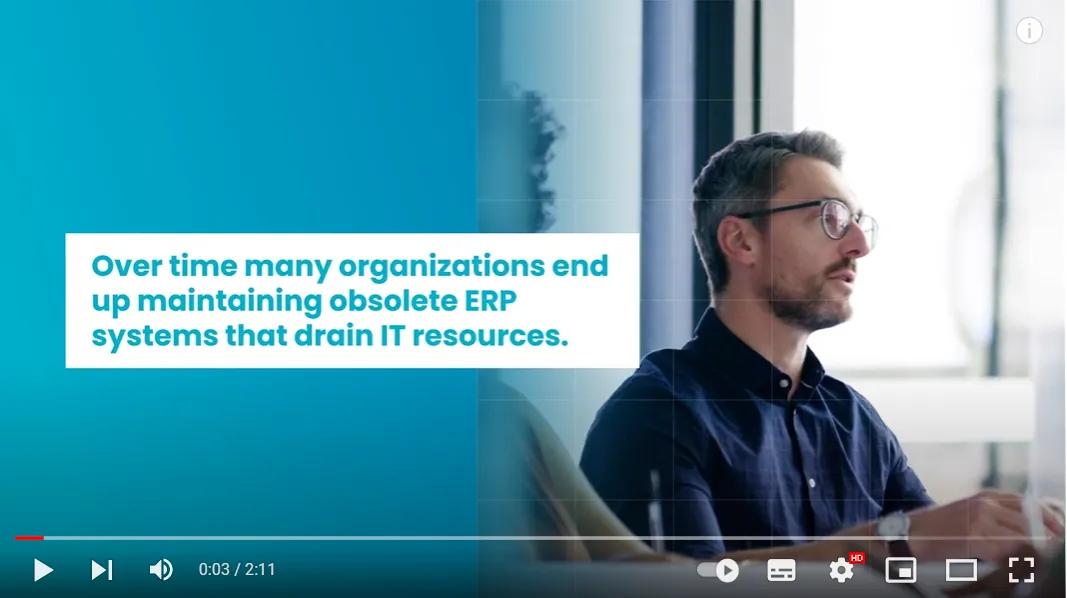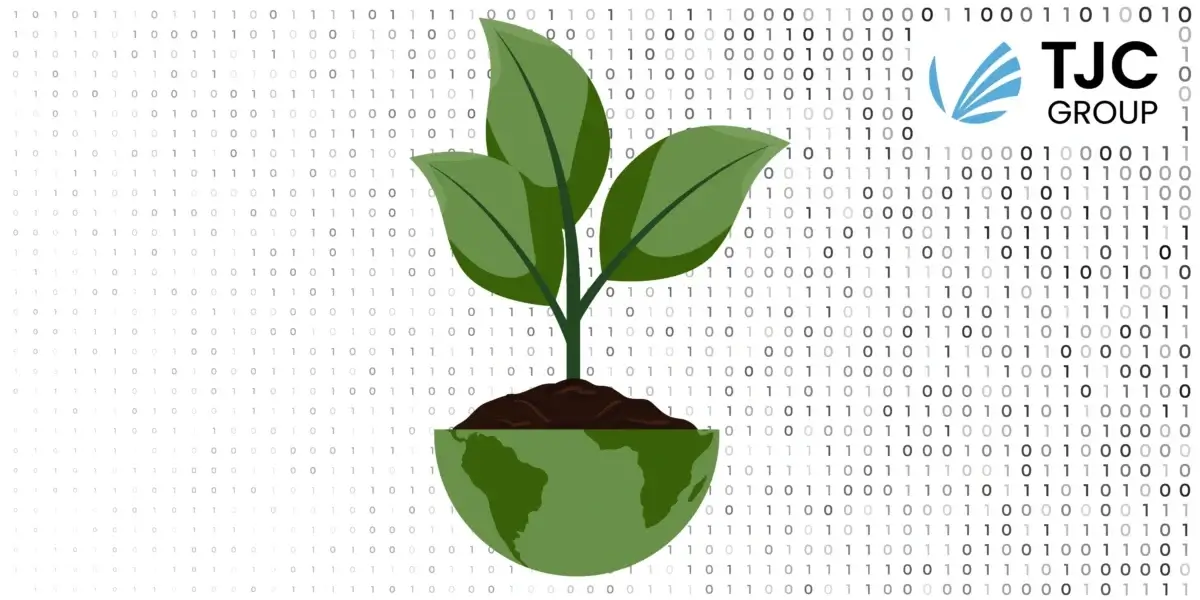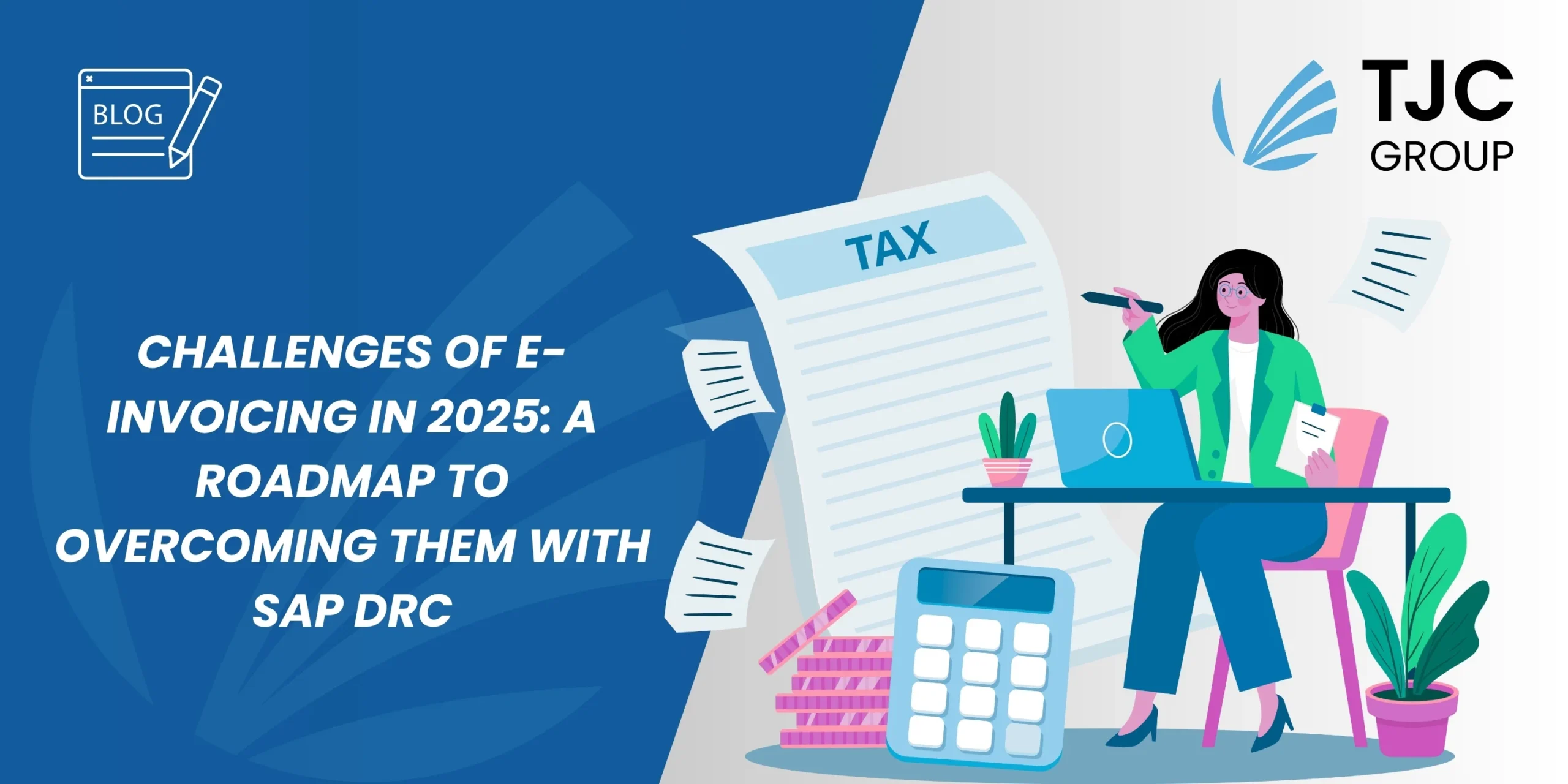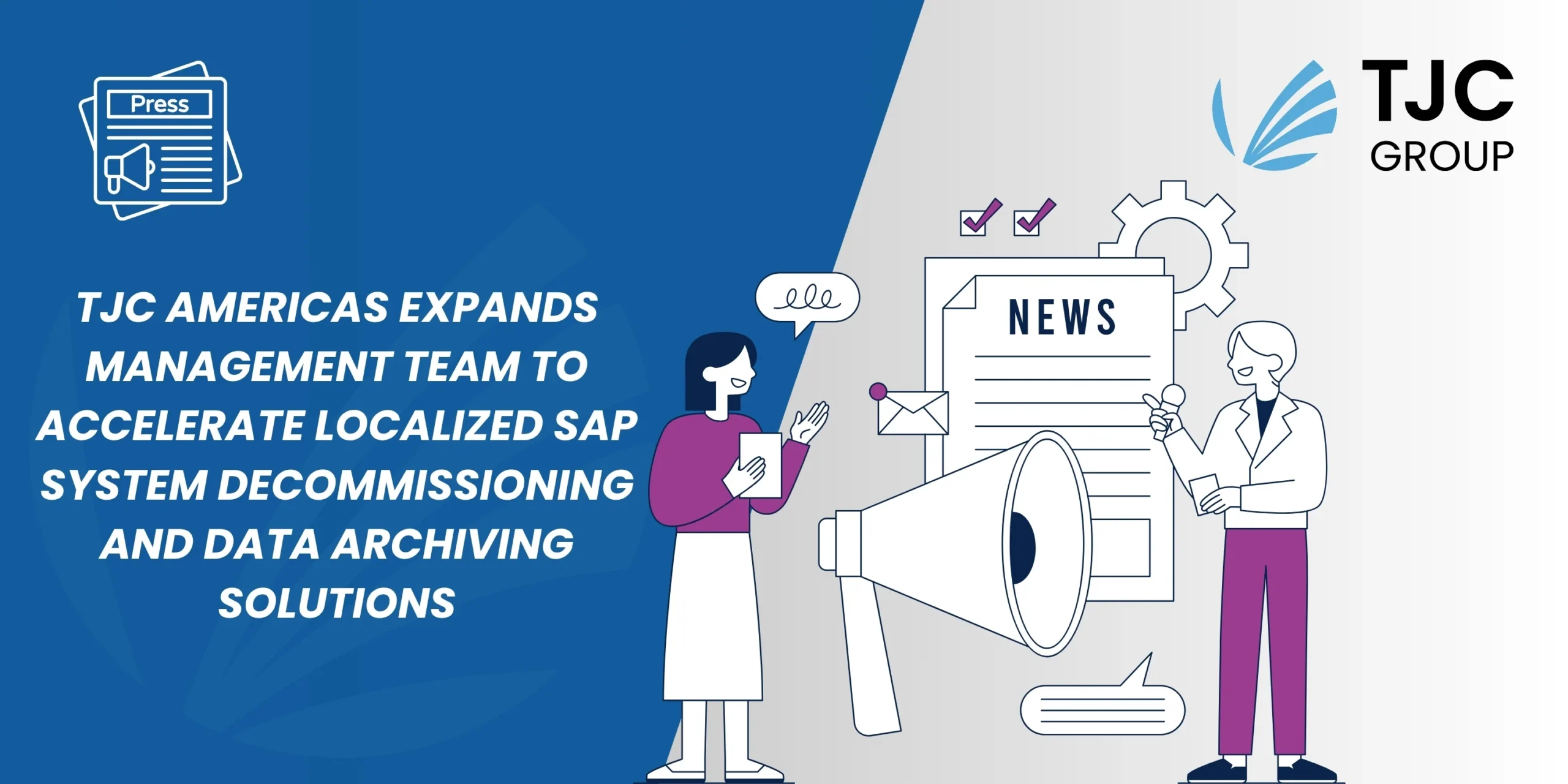With sustainability becoming a crucial factor for businesses, decommissioning of legacy systems, too, has become of utmost importance. Not only does it help in reducing operational costs, but also contributes to curbing the carbon footprint of the organisations. Read this blog to know how SAP data decommissioning is beneficial for sustainability.
Decommissioning of legacy systems | An introduction
Data hoarding is a very fast-growing problem in our society, both for individuals and businesses. It is defined as the excessive accumulation of saved files and information over time, whether on a personal computer or a shared network within an enterprise. Data hoarding leads to several problems, like increased costs, reduced efficiency, compliance risks, and cybersecurity risks. Additionally, it contributes to increasing the carbon footprint of IT activities of organisations, leaving a harmful impact on the environment. This is where decommissioning of legacy systems comes into the picture. Keeping up with our efforts to promote environmental sustainability, here’s an article on how data decommissioning can help reduce carbon footprints.
What contributes to data hoarding?
Before proceeding ahead with the advantages of system decommissioning, let us first understand what contributes to data hoarding.
One of the major contributors to data hoarding is the vast availability of storage. According to a report, there are 8+ million data centres globally, which consume a vast amount of electricity – generating carbon emissions. By 2025, data centres are expected to consume 20% of the world’s electricity – more than any other sector
Secondly, having an Information Lifecycle Management (ILM) strategy is imperative for organisations. ILM strategy can help understand – 1) what data is being stored and 2) help manage the timely destruction of the stored data. If organisations don’t have an ILM strategy or even an automated process, it can lead to data hoarding – resulting in the wastage of energy and contributing to greenhouse emissions.
Data hoarding at an enterprise level
At the enterprise level, getting into the habit of data hoarding becomes convenient as a plethora of hosting services are available. That said, system decommissioning takes time and effort. However, many times, businesses wonder why decommission data at all. This is because some data records may never be accessed; rather than decommissioning them, enterprises choose to keep the legacy systems alongside new applications.
Hoarding data can lead to higher financial costs as well as impact the environment to an extreme extent. Hence, decommissioning of legacy systems is quite necessary.
Research has shown that only a fraction of the data that organisations are holding in their systems – around 10 to 15% – is being used. The rest is legacy information, much of which is redundant, and a contributing factor to the problem of climate change.
How can the decommissioning of legacy systems achieve energy savings?
By controlling data volumes and carefully decommissioning legacy systems, every company can contribute towards achieving its sustainability targets. When decommissioning a legacy system, if the data is retained on a cloud application, the efficiency gains are significant that can be attributed to four key factors:
- IT Operational Efficiency: Commercial cloud services can operate more efficiently than smaller, on-premises local servers.
- Equipment Efficiency: The state-on-the-art hard drives and discs. Often, only data centres can justify using this technology as the initial set-up costs are high.
- Data Centre Infrastructure Efficiency: Using the latest technology to reduce electricity requirements for lighting, cooling, and power management. On-premises, storage is less energy efficient because that location has not been initially conceived for that purpose.
- Renewable energy: Consolidating electricity demand creates the potential for large-scale purchases of green energy that would not be feasible on a smaller scale.
Interestingly, it doesn’t matter how many legacy systems businesses have. Even with one legacy system, SAP data decommissioning holds a good justification. That said, with more than one, two, or ‘n’ number of legacy systems decommissioning, the gains are unlimited.
Move forward with legacy system decommissioning with ELSA!
With decommissioning of legacy systems, businesses often get confused as to which software solution to use. Therefore, to help them out, TJC Group has developed one of the cutting-edge applications – ELSA.

The Enterprise Legacy System Application (ELSA)
ELSA is an SAP-certified cloud application, built on the SAP Business Technology Platform (BTP), which is completely GDPR compliant. The software ensures that legacy data is stored securely, in accordance with local privacy regulations which can be re-accessed before and after SAP S/4HANA migration. That said, ELSA by TJC Group works by creating a tax archive to comply with tax and audit requirements. Here is a video to understand and learn more about this data decommissioning solution system.

Some countries in the EU have already passed laws to reduce the Carbon footprint of IT activities, but the truth is that this is still in the early stages. ARCEP, the French telecoms regulator, has initiated several initiatives to start measuring the environmental impact of data centres.
You might also be interested in reading the following article about data storage initiatives: When will Data Storage energy footprint be legislated?
Key takeaways
When it comes to considering how to cut an organisational carbon footprint, IT strategy can have a surprising impact. Legacy system decommissioning is an important consideration and now, with the availability of software tools like ELSA to ensure data can be accessed when needed, there are no excuses for your organisation to be hoarding in the future. Let’s get decommissioning of the legacy system started and reduce carbon footprints on the environment.










